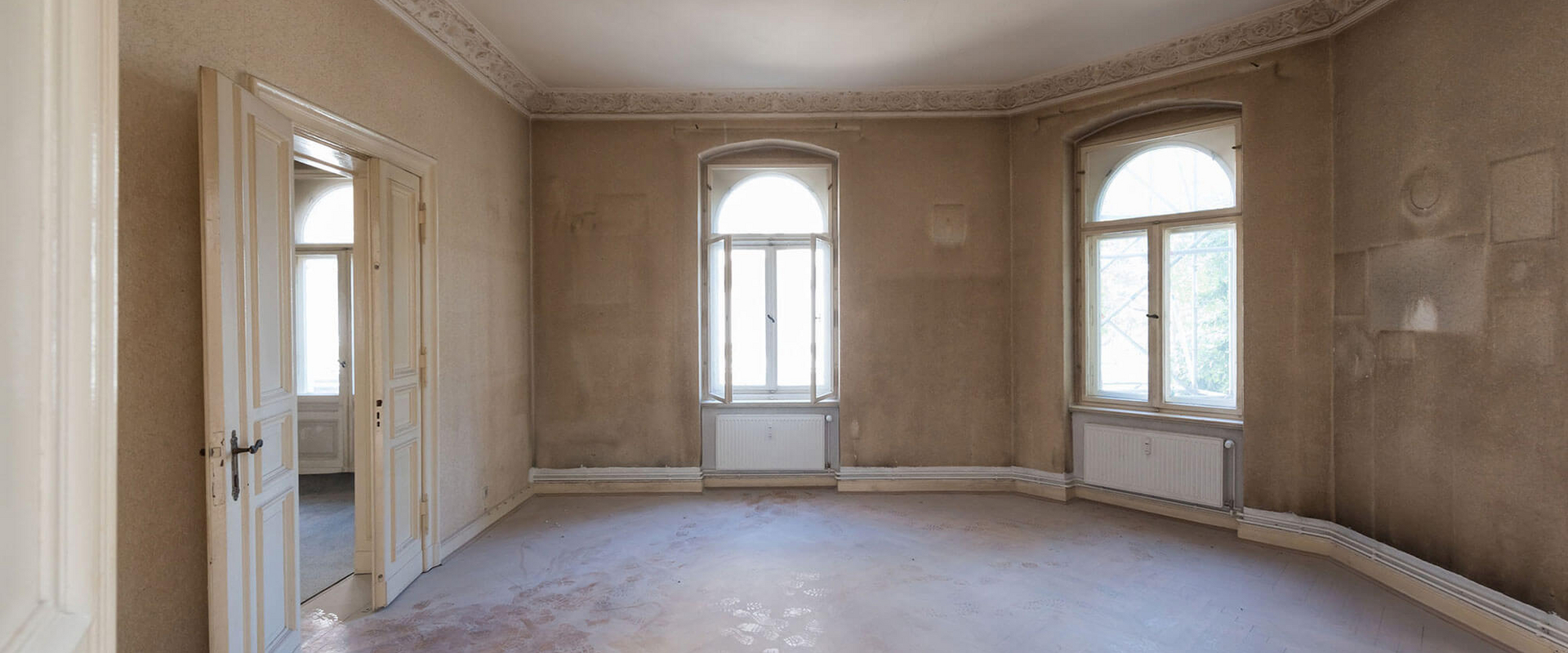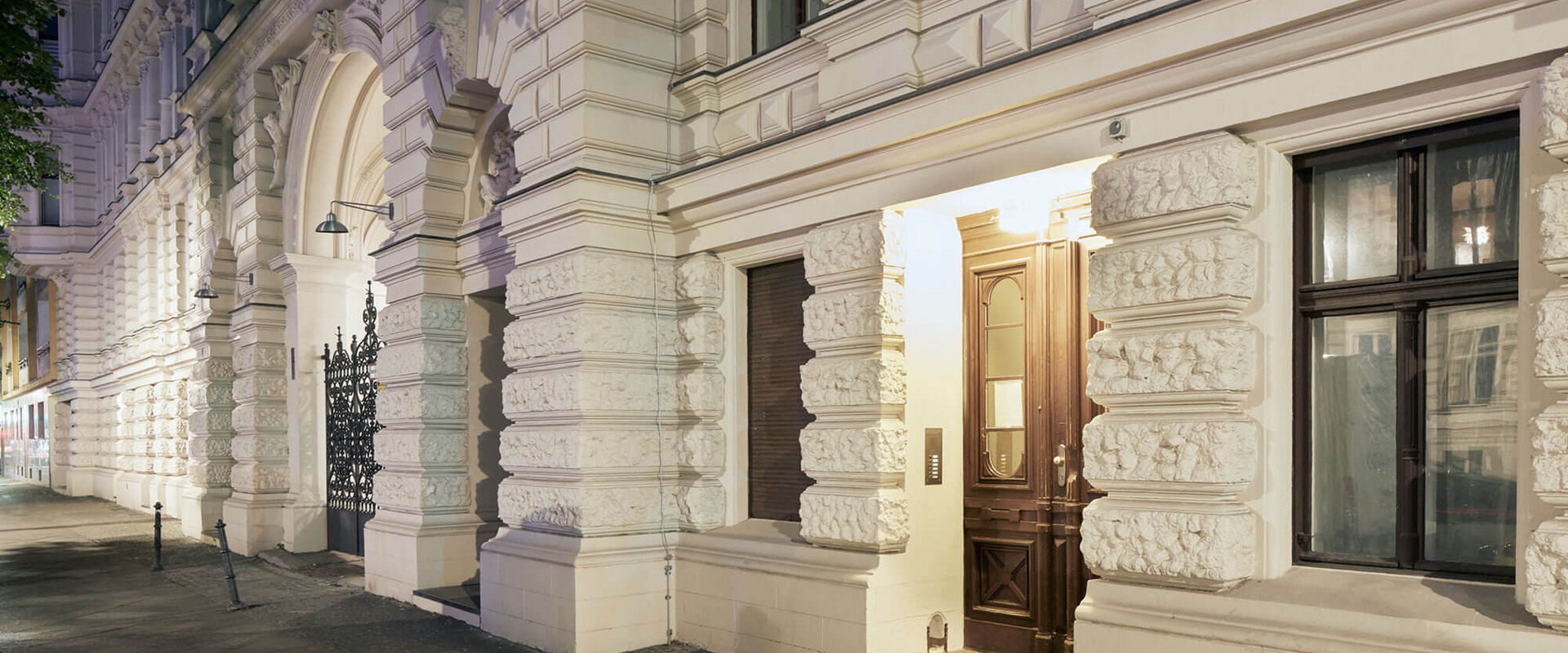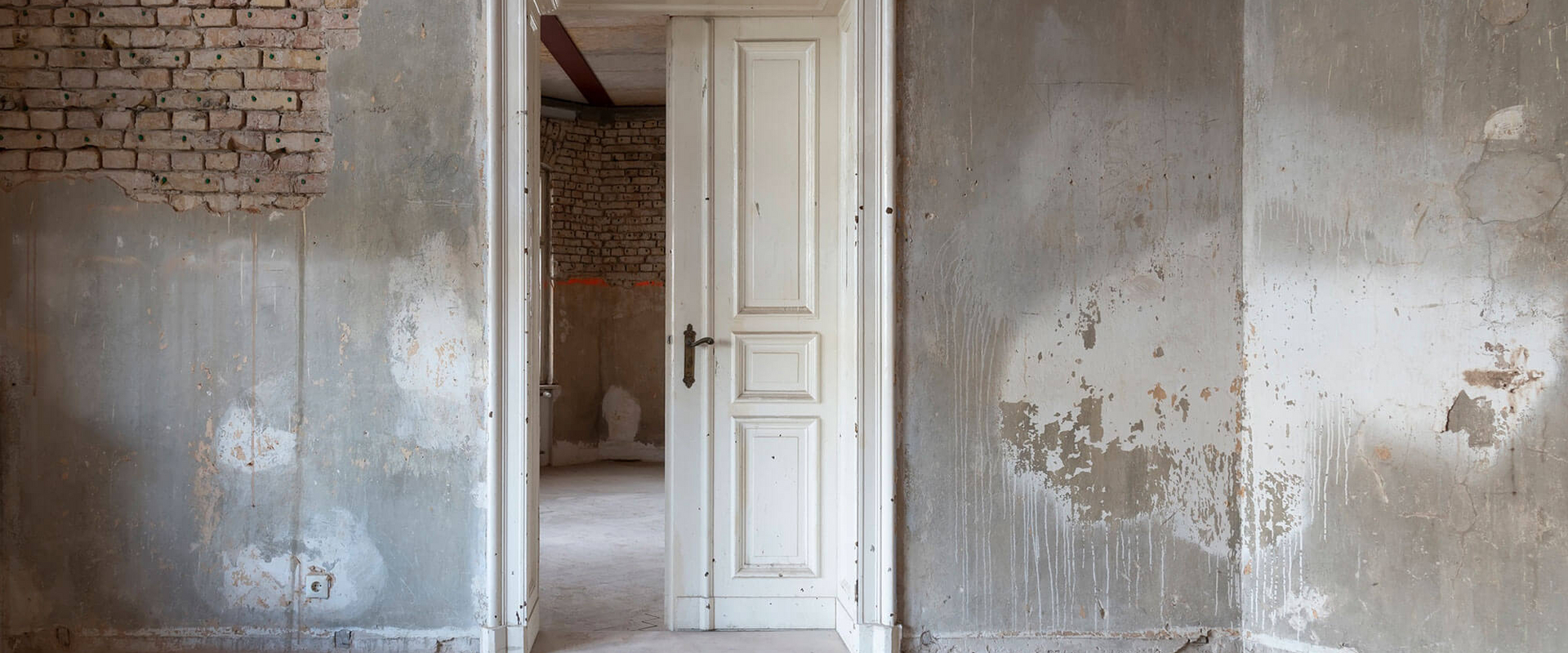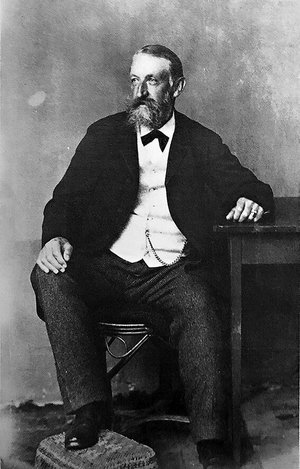History
A Monument to Fine Living
Riehmers Hofgarten was a masterpiece from the start, but it would never have been completed without the tenacity of its creator, master builder Wilhelm Riehmer. Seen in context with the state of society at the time and the official specifications for housing construction, it is amazing that such a residential quarter complete with private street was built at all. Berlin went through a boom cycle during the second half of the 19th century, its population growing by 71.000 new residents annually.
What to do with all these people? How best to accommodate them? For investors, the development of densely-built tenements became the standard response to the housing shortage, and it was quite profitable to raise housing blocks with several successive back buildings, separated by towel-sized courtyards barely meeting the minimum specifications.
Master builder Riehmer, born in Berlin in 1830, opted out of this construction trend. For the plot between Hagelberger-, Grossbeeren- and Yorckstrasse, which he acquired in 1860, he planned a radically different approach: Instead of dark back building and tiny atria, he conceived of a perimeter block development with plenty of light and a private street in its interior.
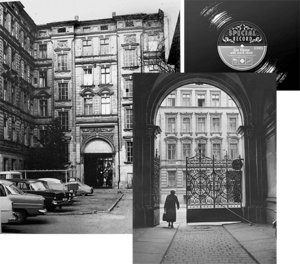
The authorities were unconvinced, and it took him years of petitions and lawsuits to obtain the planning consent. Stating his case before the district administrative court in 1881, he wrote: “A large landscaped courtyard of the sort I intend to create matches the character of the area, whereas large tenements or indeed factory facilities, whose construction is not prohibited here, would be unbecoming to the area.” But it was not until 1883 that construction started, eventually creating the leafy upscale quarter that successive generations of residents have loved so much.



